What Is Dark Web Monitoring?
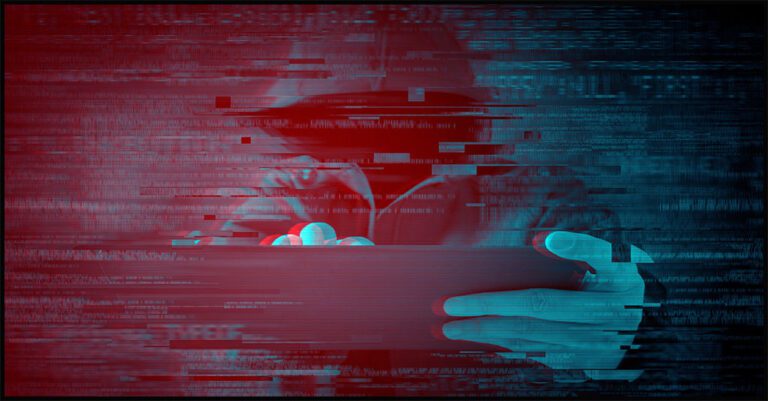
It may come as a surprise to you but most internet users only surf the internet at the surface level. They only visit websites that are indexed by popular search engines. However, a lot of content is hidden beneath this surface level on something known as the dark web.
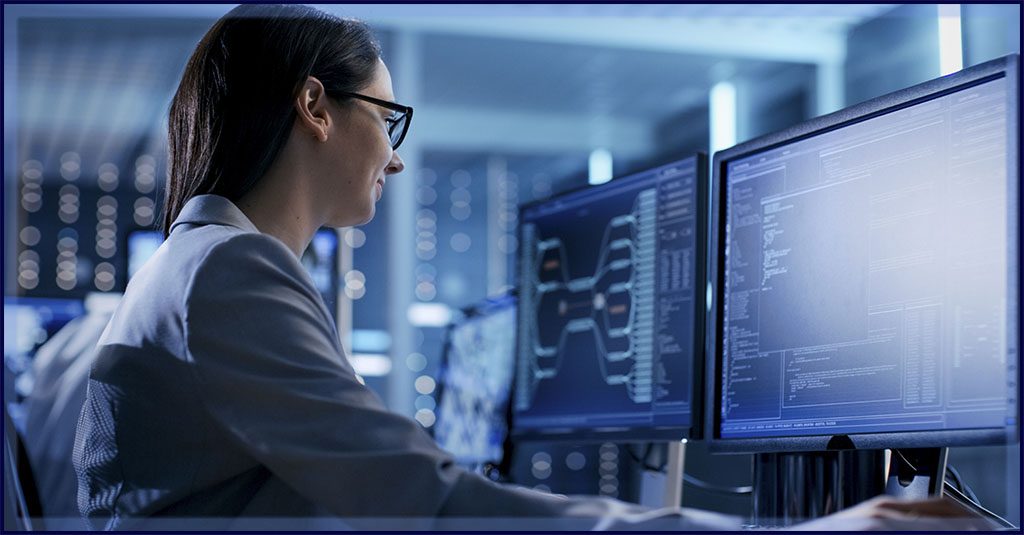
See the path from a cyberattack to a defensive success with managed SOC in this infographic. GET IT>>
What is the dark web?
About 90% of the total content on the internet cannot be accessed via search engines. This content exists on the deep web and the websites that house this content can only be accessed with a specific URL or IP address. The deep web is often used to store databases from financial institutions, insurance companies and social media sites.
A less accessible portion of the deep web, which relies on peer-to-peer connections, is called the dark web. It can be accessed via specialized software and tools, like the widely used Tor browser or the communications platform Signal.
Most internet users don’t see pages that are on the dark web or the deep web. If you picture an iceberg floating at sea, the dark web and the deep web are the parts that remain submerged and hidden from view. The dark web, which is the least accessible part of the internet, is a hotbed for criminal activity — and that’s precisely why you need dark web monitoring.
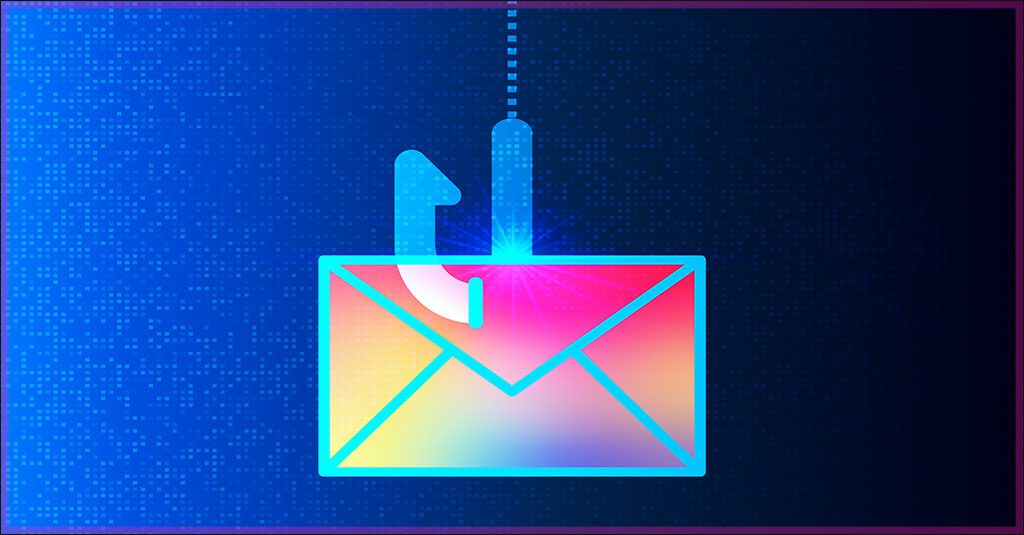
What cybercriminal tricks do employees fall for in phishing simulations? Find out in this infographic. GET IT>>
What is dark web monitoring?
Dark web monitoring is the process of searching and tracking information on the dark web. Organizations and individuals use dark web monitoring tools that work like search engines to identify confidential or sensitive information, such as compromised passwords, stolen intellectual property, health and finance records, trade secrets and more, that may be circulating on dark web sites, forums or chat rooms. They do this to protect against cybercriminals and other malicious actors.
Why is it important to monitor the dark web?
Interactions on the dark web can be characterized by one keyword — anonymity. Anybody who accesses the dark web does it through anonymizing software that encrypts data and reroutes it through the computers of others using the same program. In this way, the origin and destination of the data are protected and anonymity is achieved.
The dark web has helped many people who’ve had to work in strict secrecy, like journalists covering oppressive regimes, political activists and intelligence operatives. However, it has also provided hackers, terrorists and other cybercriminals a safe (and anonymous) mode to communicate and carry out nefarious activities.
That’s why organizations and individuals protecting sensitive information must monitor the dark web to mitigate risks arising from stolen passwords or other leaked sensitive information.

See the keys to selecting a Managed SOC to find the perfect one for your clients & your MSP. GET CHECKLIST>>
How does a dark web monitoring tool work?
A dark web monitoring tool works like a search engine. It searches the dark web for specific information that can be used against a user or organization, like compromised access credentials or Personally Identifiable Information (PII), among others. As soon as it detects any hits, it notifies the stakeholders so they can quickly act to mitigate risks before bad actors take advantage of the compromises.
What are the key features of a dark web monitoring tool?
The key features of a dark web monitoring tool are as follows:
- Threat intelligence: By using a dark web monitoring tool, companies and individuals can bridge gaps in their cyberdefense. They can search and monitor every nook and corner of the dark web for stolen credentials, leaked information and compromised identities. This information can help pre-empt attacks and keep an organization’s data and networks safe.
- Threat hunting: With cyberattacks increasing in frequency and severity, prevention certainly is a better strategy than cure. Companies and individuals can use a dark web monitoring tool to proactively look for unknown and non-remediated threats.
- Smart integrations and automation: A dark web monitoring tool can integrate with other security solutions to help bolster your defenses against cybercriminals. It may also be able to leverage artificial intelligence and automation to help monitor and protect your sensitive information.
- Rapid incident response: An advanced dark web monitoring tool will help you monitor the activities on the dark web in real-time and immediately alert you to any potential dangers. It may even have the capability to help you auto-remediate threats before they cause trouble.

Get the scoop on 5 of the worst email-based attacks plus tips to protect businesses from them. GET INFOGRAPHIC>>
What are the benefits of dark web monitoring?
A dark web monitoring tool allows you to identify compromised data as well as when and where it was exposed. It lets you actively monitor the dark web for security threats to help you:
- Stay ahead of cyberthreats emerging from anonymous activities on the dark web.
- Protect your stakeholders, customers, partners, vendors and users against identity theft and other cybercrimes.
- Protect your IT networks, intellectual property and other sensitive information.
- Prevent financial and reputational damage caused by data breaches.
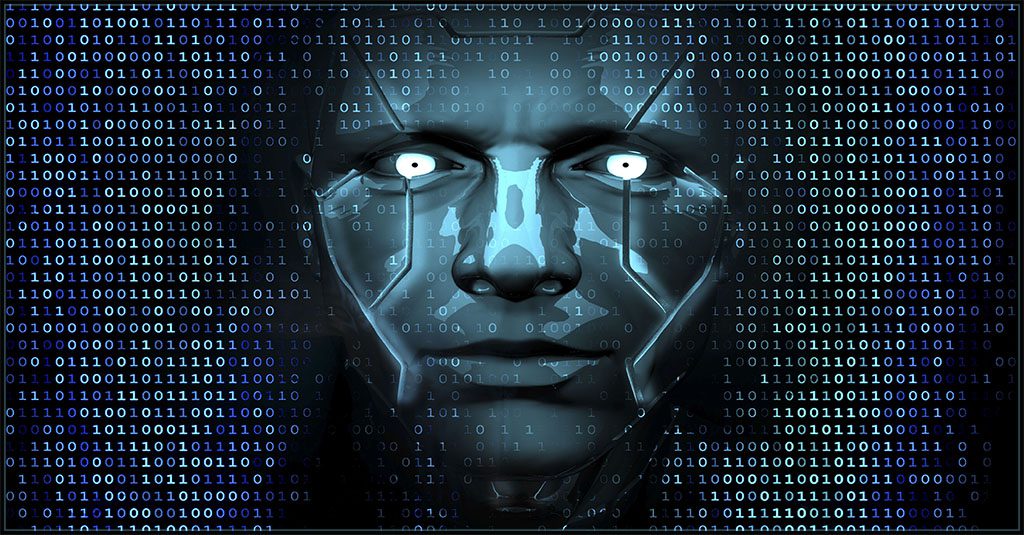
Explore how AI technology helps businesses mount a strong defense against phishing GET INFOGRAPHIC>>
How does data get on the dark web?
Cybercriminals sell information they steal from individuals and companies, like email addresses, passwords and more, on the dark web. They steal this information through one or more of the following ways:
- Phishing: Cybercriminals pose as a legitimate organization or person and send fake emails or texts to try and obtain sensitive information from unsuspecting victims.
- Malware: Hackers gain access to sensitive information using malicious software that’s specifically designed to gain unauthorized access to computer systems and disrupt or cause damage.
- Through unsecure infrastructure/unpatched software: When a device on a network has outdated software, it may still have vulnerabilities that hackers can exploit to gain access.
- Screen scraping: Visual data displayed on screens are automatically captured by hackers, converted into text or other formats and used for malicious purposes.
- Keylogging: Everything that’s typed on a mobile or computer is recorded, often without the knowledge and consent of the user, and used for illegitimate purposes.
Once hackers gain access to sensitive information, they can sell it on the dark web for a suitable price determined by how important the information is, what one can do with it, the financial resources of the victim and other factors. If they gather complete records from an organization, they may choose to sell the information in bulk.
If they have complete details of an individual — like name, date of birth, social security number, account details, credit card numbers, etc., — they refer to it as “fullz,” a term used to denote “full information.”
Accessing fullz enables a cybercriminal to know more about their victim, and therefore, cause more damage using their name. Fullz may be used for loan fraud, credit card fraud, tax refund scams, subscription fraud or any other identity theft or impersonation fraud.
These activities cause problems for victims and businesses. Victims may end up defaulting on loans they didn’t borrow or get caught up in some other similar problem that lowers their credit score and damages their reputation. Businesses may end up with fraudulent accounts, loans and financial transactions that cannot be recovered. They risk facing financial and reputational losses.
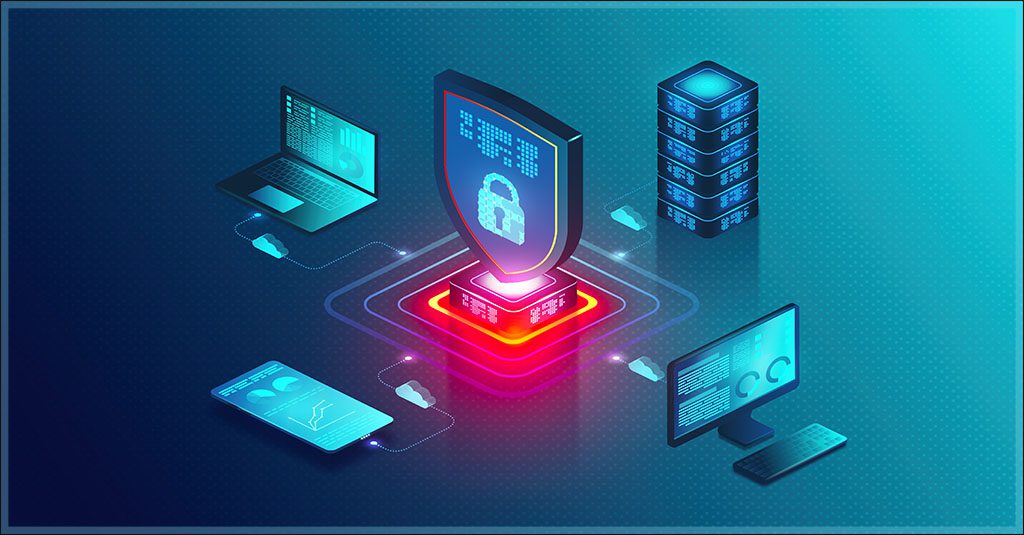
Learn how Datto EDR satisfies cyber insurance requirements for endpoint protection & EDR. DOWNLOAD REPORT>>
Can you remove information from the dark web?
If your data is on the dark web, several cybercriminals have likely accessed and replicated it. That’s why it’s next to impossible to remove your data from the dark web once it gets on there.
However, there are steps you can take to mitigate risks and minimize damage if you suspect or know that your information has been leaked on the dark web.
- Change your passwords: Do this at regular intervals in any case and use complex passwords that are difficult to guess.
- Inform your financial service providers: Notify the banks and other financial institutions you rely on to reduce the risk of financial fraud. If necessary, close the old accounts and open new ones.
- Monitor financial statements: Keep an eye on your bank and credit card statements to be able to report fraud quickly if it happens.
- Get credit reports: You’ll be able to spot any fraudulent accounts that exist in your name or any unauthorized activity that may be financially damaging.
- Request a credit freeze: It’s the US government’s recommended response to stop bad actors from misusing your stolen information and protect against fraud.

See how security awareness training stops the biggest security threats! GET INFOGRAPHIC>>
What information does a dark web monitoring tool look for?
A dark web monitoring tool lets you search for and track any sensitive information that cybercriminals can exploit. This includes:
- Business account credentials: Email addresses, usernames and passwords.
- Personally identifiable information (PII): Any information that can be used to identify you, like name, mailing address, phone number, birth date, social security number, etc.
- Financial data: Banking or investment account details, credit card numbers, etc.
- Medical information: Medical insurance details, patient history, prescriptions, biometric data (which can be used for identity theft), hospital bills, etc.
- Confidential information: Intellectual property, patents, trade secrets, internal correspondence, payroll records and other sensitive information that companies possess.
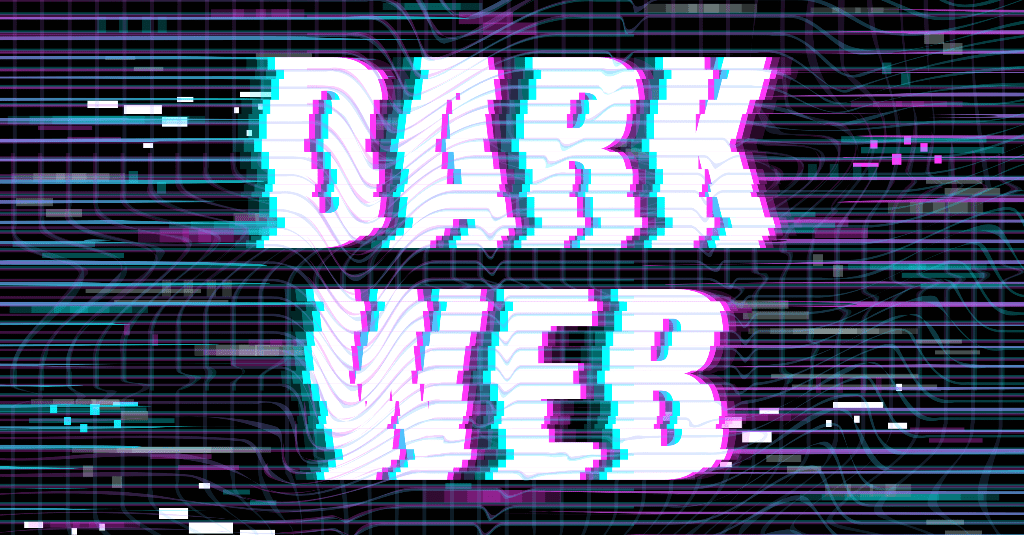
How much is data really worth on the dark web? Find out in The IT Professionals Guide to the Dark Web! GET EBOOK>>
How does Dark Web ID work?
Dark Web ID is the leading dark web monitoring solution that ensures 24/7/365 monitoring of business and personal credentials, including domains, IP addresses and email addresses.
Dark Web ID uncovers your compromised credentials in dark web markets, data dumps and other sources, and alerts you to trouble fast — giving you the advantage to act before cybercriminals do.
For MSPs, Dark Web ID is an invaluable prospecting tool that helps start security sales conversations with clients.
Learn more about Dark Web ID or request a demo with one of our security consultants.

Our Partners typically realize ROI in 30 days or less. Contact us today to learn why 3,850 MSPs in 30+ countries choose to Partner with ID Agent!
Check out an on-demand video demo of BullPhish ID or Dark Web ID WATCH NOW>>
See Graphus in action in an on-demand video demo WATCH NOW>>
Book your demo of Dark Web ID, BullPhish ID, RocketCyber or Graphus now!